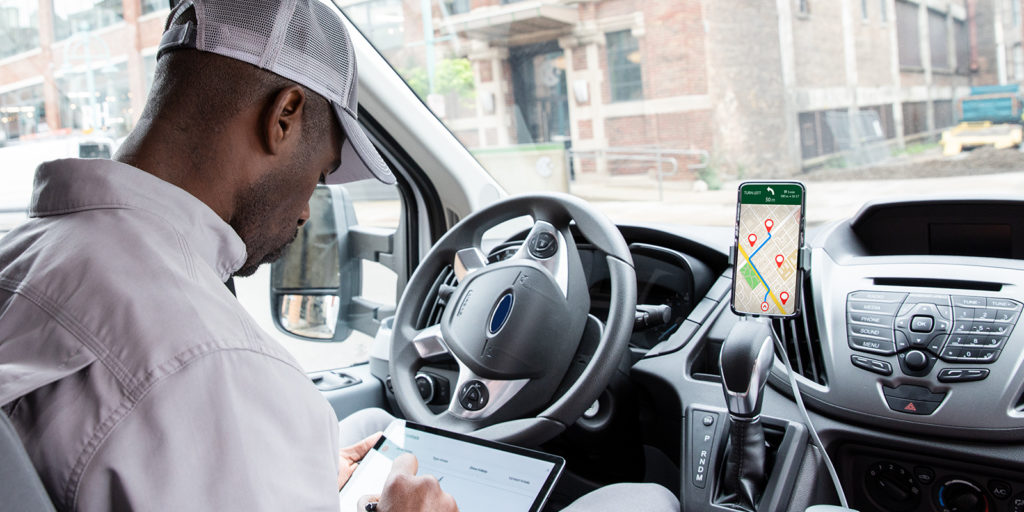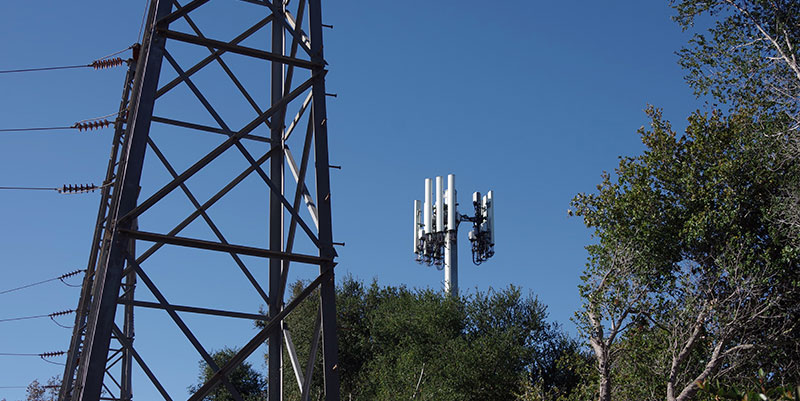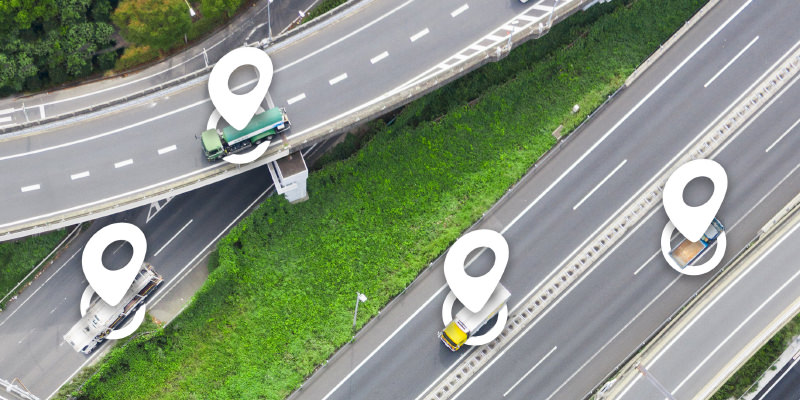Technology’s Role in Improving Driver Safety
By James Rose
Risky driving is a key cause of crashes, making driver safety a top priority for fleet managers. Organizations that engage drivers hands-on can build a culture of safety, shaping habits and leveraging technology while offering awards and incentives for participation.
FleetOwner’s Mindy Long recently led a discussion with James Rose of UScellular™ and Virginia Tech’s Matthew Camden about deploying technology and overcoming challenges to fleet tracking and risky driver behavior.

Key Takeaways
A hands-on approach to safety that uses data and is driven by leadership positions an organization in front of safety issues.
Risky driving is the No. 1 cause of crashes. To manage risk in a fleet, organizations must embrace a hands-on approach that uses technology and data to determine current safety challenges and the most appropriate solutions.
Cultivate a culture of safety through a combination of technology and behavior.
Understand the organization’s trends and adopt readily available technology. Sensors are an example. Dots on a map give visibility to driver behaviors, such as acceleration from a stop or idling too long. Changing culture can be daunting. Don’t expect a quick fix. Take time to plan and implement.
To build driver buy-in and overcome resistance to change, reframe the purpose of technology.
Driver retention is a critical issue to fleet operators. Drivers frequently resist change and reject perceived “big brother” scrutiny regarding vehicle tracking, requiring careful positive framing of technology.
- Cameras raise suspicion. While camera technology holds great promise, it can generate pushback from drivers, causing fleet owners to fear excessive driver turnover. Build buy-in by demonstrating the benefits for all.
- Show the “whys.” Preventing driver turnover starts with ensuring that drivers see the reasons for the program.
- Generate excitement through rewards. Use technology to incentivize good behaviors through positive structures.
- Address sensitive matters, such as speed detection, collectively. Keep the big picture in mind and use information to build a scorecard of trends.
- Set an example. Fleet managers can show buy-in and relate to the drivers by installing the technology in their vehicles.
- Share the results. Before implementing technology, let the drivers know key statistics.
Engage the entire organization in the process.
The most important way to address safety is by reducing distracted driving through available fleet tracking technologies.
Risky driving behavior is the largest cause of crashes. Phones and distracted driving are the most significant safety problem.
Existing technology can reveal when a driver is pulling up an application or looking at a website. Preventing handheld cell phone use and using simple cell blocking technologies can go a long way toward reducing risk, keeping the driver’s safety top of mind and protecting the brand.
Existing technologies can improve the experience of drivers and the fleet, while technology trends point to more breakthroughs.
Breakthrough technology that uses AI and machine learning to alert drivers when they are tired or distracted holds promise for reducing crashes. The drastically reduced latency of new 5G wireless technology promises faster alerts to prevent distracted behaviors.
Real Examples That Prove the Benefits
to Drivers and Fleet Owners
Idling
- A driver on an ordinary daily schedule had a morning routine: start the vehicle, then go back in the house for breakfast.
- This behavior caused one hour of idle time each morning.
- The fleet management solution detected that this habit burned 500 gallons of fuel per year.
- The organization discussed it with the driver, causing an “aha” moment for him. He hadn’t realized the implications of his behavior.
- The driver sees his interest aligned with the organization doing well: he does the right things, he gets more incentives, the organization is more profitable.
Camera
- One week after a company implemented inward-facing cameras, a driver and vehicle were involved in a crash.
- The organization with the other vehicle sued the fleet.
- But the recording showed the driver was engaged, alert, and driving defensively.
- The camera provided evidence that the other vehicle caused the crash.
- As soon as the video was shared, the lawsuit went away.
- Other drivers heard about this and asked for an inward-facing camera too.
Webinar | Technology’s role in improving driver safety
Driver safety is a top priority for fleet managers. Watch this free on demand webinar to learn how fleets are using telematics technology to improve safety and shape driver habits.
About UScellular™
Fleet management from UScellular is an easy-to-use Internet of Things (IoT) solution that connects vehicles, routes, assets and drivers so you can see the big picture. Actionable insights delivered directly to your laptop, tablet or smartphone reveal how to save time, money and resources, while GPS-enabled features help you deliver the outstanding service your customers expect. Fleet management is one of a full suite of solutions offered by UScellular. Each is backed by the support of local Business Solutions Experts who provide guidance every step of the way, and by a network that can keep you connected where you do business — in urban and rural areas. UScellular is also building your next-generation 5G network to provide higher speeds, broader coverage and customized network options.
For more information on fleet management, call 866-616-5587 or visit Fleet Management.










